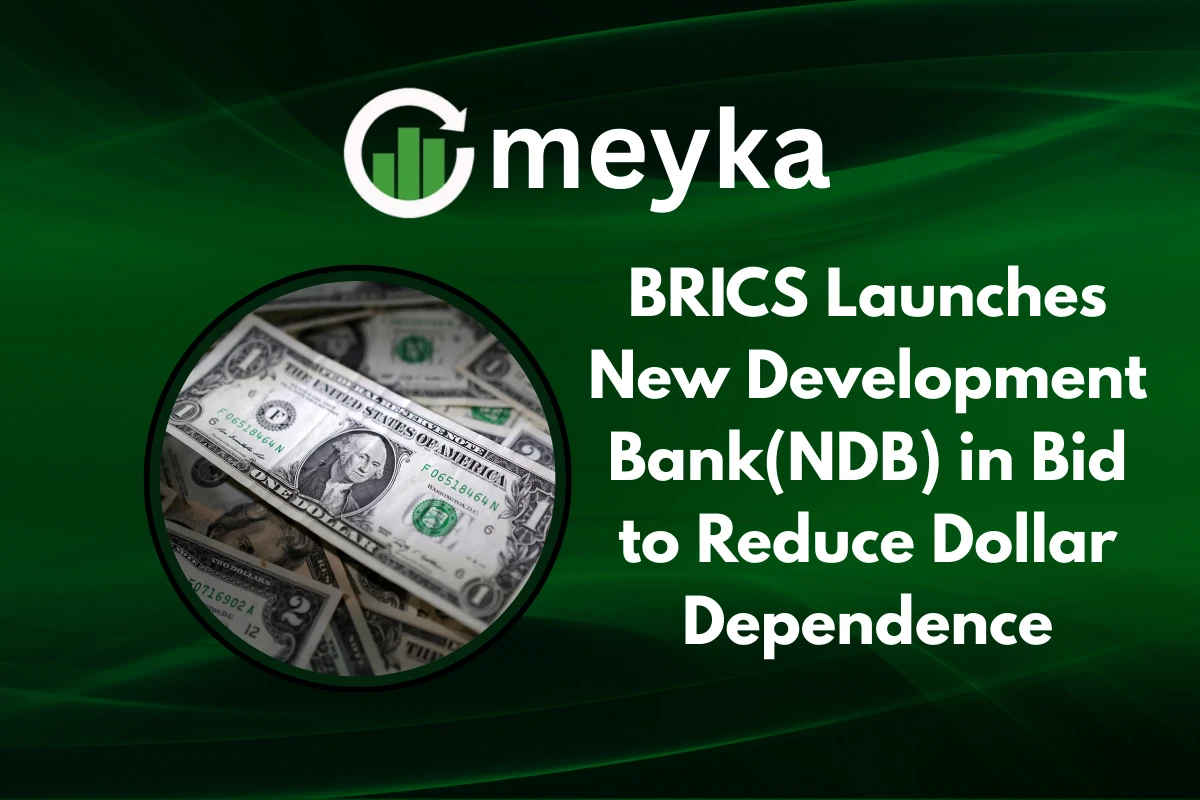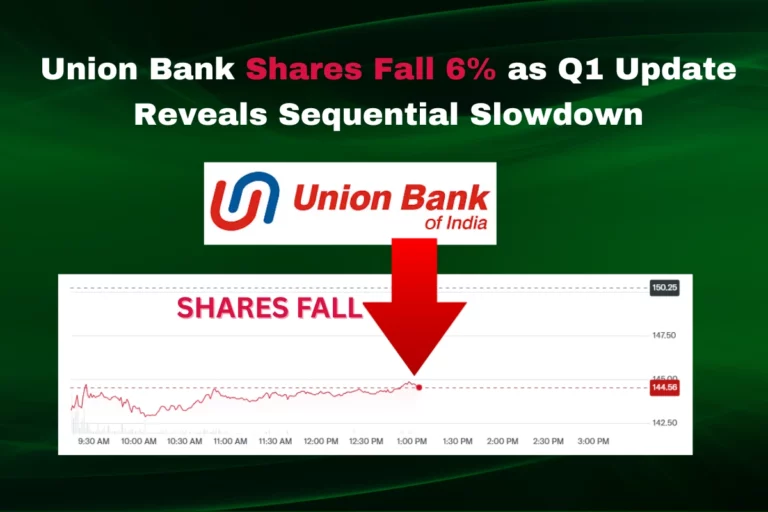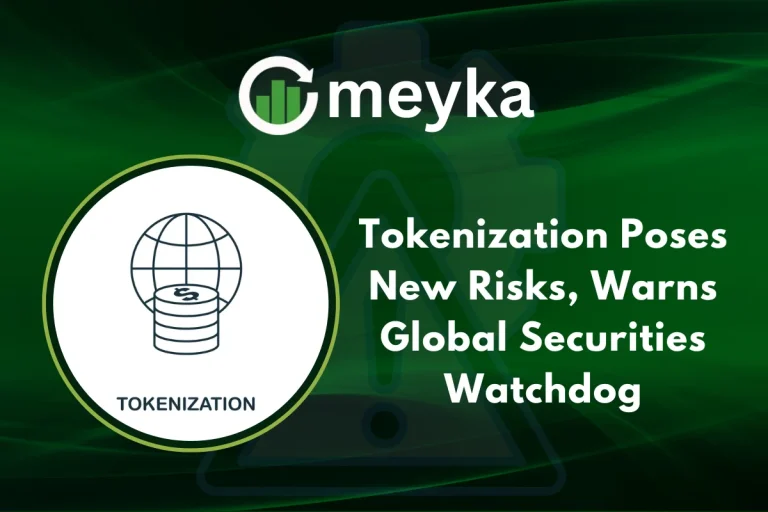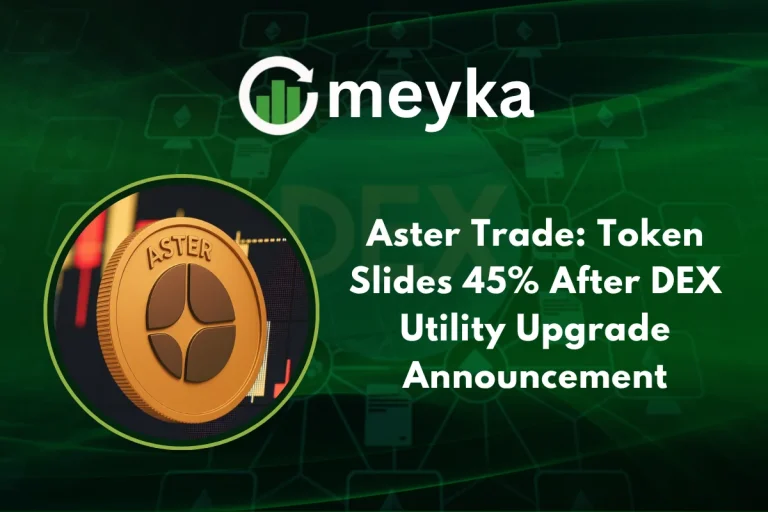BRICS Launches New Development Bank (NDB) in Bid to Reduce Dollar Dependence
The BRICS grouping, made up of Brazil, Russia, India, China, and South Africa with new members joining over time, created the New Development Bank to give emerging economies a fresh source of funding that does not always rely on the United States dollar. The bank was formally set up in 2015, it is headquartered in Shanghai, and it finances infrastructure and sustainable development across the Global South.
That origin story matters today because the NDB’s current programs, its growing membership, and its new guarantee proposals aim to reduce dollar dependence in trade and finance. The push is not only symbolic, it is a practical attempt to make cross border funding more resilient and less exposed to currency shocks.
Why is this happening?
In recent years, BRICS leaders have argued that the global financial order concentrates power in a few Western institutions, notably the IMF and the World Bank. The NDB’s design is an alternative to IMF and World Bank lending, with equal voting rights for founding members and a mandate for local currency lending.
Analysts at the Carnegie Endowment say the plan has momentum, although real challenges remain, such as payment plumbing, convertibility, and market depth for non dollar currencies.
BRICS and the New Development Bank, what is different
The NDB is a multilateral development bank focused on emerging markets finance. It has financed transport, water, and energy projects, and it has attracted new members beyond the original five, including the United Arab Emirates, Egypt, Bangladesh, and Uruguay. This expansion gives the bank a wider footprint and supports its goal to mobilize private and public capital for developing economies.
What does this mean for borrowers?
A bigger membership base can translate into more demand for credit, more co financing, and more local market issuance. The bank’s governance model is often highlighted by researchers for its equal shareholding among founders, and for the absence of a single country veto. Supporters say this structure can speed decisions and align projects with national priorities.
BRICS focus, reducing dollar dependence through local currency lending
The NDB has steadily increased local currency loans so that borrowers do not carry large foreign exchange risks. Reuters reporting and policy briefings show this shift gathered pace after sanctions on Russia, and the bank has signaled plans to deepen non dollar funding. The logic is clear, if loans and revenues match in the same currency, the risk from a stronger dollar is lower.
Why does local currency matter now?
When global rates rise, dollar funding becomes more expensive for developing countries. The bank’s pivot to local markets and its exploration of a BRICS guarantee mechanism could draw in more private investors by lowering perceived risk. A planned BRICS Multilateral Guarantee fund, backed by the NDB, has been prepared to support projects and crowd in capital.
BRICS reactions in markets, what investors are watching
Markets track two signals, first, whether the NDB can scale lending without raising costs, second, whether new payment options among members actually reduce the use of the dollar in trade. Recent Reuters coverage shows steady lending targets and fresh appointments at the bank, which suggest institutional stability.
At the same time, economists caution that the dollar’s network effects are strong, and that settlement risk and convertibility still limit rapid change.
What is the near term takeaway for global markets?
Expect incremental de dollarization, not an overnight shift. The bank’s role sits alongside national payment projects and bilateral currency deals. As Carnegie notes, BRICS discussions on a common unit of account continue, yet the practical hurdles are significant. It includes liquidity, cross-border rules, and trust in new systems.
BRICS voices, what leaders and analysts are saying
In interviews, NDB President Dilma Rousseff has emphasized the bank’s mission to finance development and strengthen the Global South. A recent CGTN interview provides a useful overview of the bank’s priorities. Its pipeline and its message to potential members. Reuters has tracked the policy push for alternative payment methods championed by Brazil’s leadership. These signals point to a long-term plan rather than a short-term news cycle.
Why does experience matter here?
Because the path to a multipolar financial system runs through project delivery and policy coordination. Think tanks note rising interest from Gulf partners and Asia, which brings energy exporters and large importers into the same conversation on currency and settlement.
BRICS online conversation, what social media adds
Public debate around BRICS de-dollarization is lively on X. One widely shared post argues that the grouping is slowly settling more trade in local currencies to bypass the dollar in specific sectors. Claiming that mirrors the bank’s local currency strategy and renewed payment experiments.
Another thread by Maya Majueran, a Global South commentator. He discusses the broader goal of building parallel finance for development and the importance of NDB membership expansion.
These posts show how the topic resonates beyond policy circles.
Curious to hear it in the founders’ own words?
Watch this recent YouTube interview with President Dilma Rousseff. This interview walks through why the NDB exists, how projects are chosen. And, how local currency financing works for borrowers in practice.
BRICS challenges, the real world tests
Even supporters admit that settlement systems, liquidity in non dollar currencies, and regulatory coordination present tough barriers. Carnegie researchers outline the practical costs of swapping one emerging currency into another, and the risk management needs that go with it. The NDB’s proposed guarantee fund aims to handle part of this by de-risking projects and by attracting institutional capital to longer dated assets.
What would success look like?
Success would mean a steady rise in local currency issuance, a deeper investor base across member markets, and project outcomes that improve growth and climate resilience. It would also mean smoother cross-border payments among members with fewer dollar legs, backed by clear rules and robust data.
BRICS timeline and membership, a quick guide
The NDB was launched in 2015, based in Shanghai. It was created by the five founding BRICS states. Membership has expanded, the UAE and Egypt have joined, and Indonesia. It has announced plans to join, with the bank signaling interest in further expansion as it marks its ten-year journey.
The institution continues to approve loans for water, transport, and energy. And it has set loan targets that keep its pipeline active.
What does this mean for borrowers today?
For many governments, the NDB offers another door for funding alongside traditional lenders, and an option to borrow in domestic currency where feasible. That choice can support fiscal planning and reduce currency mismatches over a project’s life.
Conclusion
The BRICS decision to build and grow the New Development Bank is one of the most concrete steps. Its main step is the wider move to reduce dollar dependence. The bank’s local currency lending, its membership expansion, and its proposed guarantee mechanism show a practical program rather than a slogan.
Markets will still price the dollar’s central role, yet project by project the NDB is shaping an alternative pathway for emerging markets finance. For investors and policymakers, the signal is clear, watch the pipeline, the payment rails, and the governance choices that follow. The story is not about a sudden reset, it is about steady institutional work that can, over time, change how development gets financed.
FAQ’S
The NDB was created to fund infrastructure and sustainable development projects in BRICS nations and other emerging markets. Its aim is to reduce reliance on Western-led institutions.
The NDB is a multilateral development bank founded by BRICS to provide financial support for projects that drive economic growth.
No, BRICS is a political and economic alliance, while the NDB is a financial institution created by BRICS members.
China hosted the NDB headquarters, which is located in Shanghai.
Currently, BRICS consists of five core members: Brazil, Russia, India, China, and South Africa, with new members being considered.
The BRICS headquarters is in Shanghai, China.
The BRICS Bank is also known as the New Development Bank (NDB).
NATO is a military alliance of Western nations, while BRICS is an economic bloc focused on development and financial cooperation.
BRICS does not have a single currency yet, though discussions about a shared currency for trade and de-dollarization are ongoing.
Disclaimer
This is for informational purposes only and does not constitute financial advice. Always do your research.






